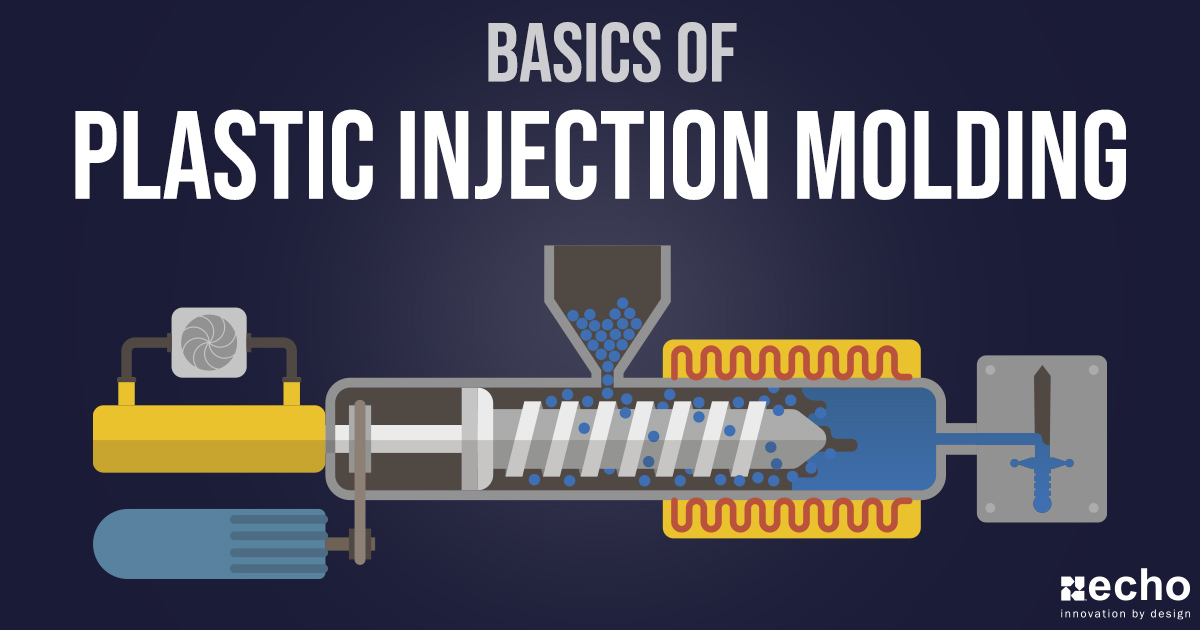Additive Manufacturing - An Overviews
Wiki Article
The Best Strategy To Use For Oem
Table of ContentsSome Known Factual Statements About Plastic Manufacturing The smart Trick of Oem That Nobody is DiscussingThe Best Guide To Lean ProductionThe Facts About Manufacturing UncoveredThe Greatest Guide To ManufacturingGetting The Die Casting To Work
The message on this page is a sample from our full White Paper 'Injection Moulding for Customers' - * Example message * - for full overview click the download switch over! Intro This overview is intended for people who are seeking to source plastic mouldings. It provides a much needed understanding right into all that is entailed with creating plastic components, from the mould device called for to the moulding procedure itself.If you intend to explore even more, the overview covers sorts of mould tools, along with special ending up processes such as colours & plating. Words that are highlighted can be located in the glossary in the appendix ... Part I: Moulding: The Basics The Advantages of Shot Moulding Plastic injection moulding is a very specific procedure that offers a number of benefits over other plastic processing methods.
Accuracy is perfect for really elaborate parts. Contrasted to various other methods, moulding enables you to include even more features at extremely tiny tolerances. Have an appearance at the picture to the. You can hold this moulding in the hand of your hand as well as it has bosses, ribs, steel inserts, side cores and also openings, made with a gliding shut down attribute in the mould device.
An Unbiased View of Oem


The 7-Second Trick For Plastic Manufacturing
from material feed & melting; material injection; cooling time and ejection as well as the re-closing of the mould tool ready device all set next cycleFollowing Draft angles - The walls of a moulded component must be a little tapered in the direction in which the component is expelled from the mould tool, to allow the part to be ejected conveniently.Ejector stroke - The pushing out of ejector pins to expel the moulded part from the mould tool. Ejector stroke speed, size as well as timing needs to be meticulously managed to stop damage to the ejectors and also mould tool, yet at the same time make the moulding cycle as short as feasible.

What Does Plastic Manufacturing Do?
Ribs - When a plastic part has slim wall surfaces, ribs are included in the style to make the slim wall surfaces more powerful Side cores - Side action which generates a function on a moulded part, at an opposing angle to the regular opening direction of the mould tool. hon hai precision. The side core requires to be able to pull back as the plastic component can not be expelled otherwise.
Walls - The sides of a moulded part The text on this web page is an example from our full White Paper 'Shot Moulding for Purchasers'.
Production procedure for producing parts by infusing liquified material into a mould, or mold and mildew Simplified diagram of the procedure Shot moulding (U.S. spelling: shot molding) is a manufacturing procedure for generating parts by injecting molten material right into a mould, or More hints mold and mildew. Injection moulding can be done with a host of materials mostly including metals (for which the procedure is called die-casting), glasses, elastomers, confections, and also most typically thermoplastic as well as thermosetting polymers. Shot moulding is extensively used for producing a range of parts, from the tiniest elements to whole body panels of cars and trucks. Developments in 3D printing innovation, using photopolymers that do not thaw during the injection moulding of some lower-temperature thermoplastics, can be made use of for some easy shot moulds. Shot moulding uses a special-purpose maker that has 3 parts: the injection device, the mould and the clamp.
The Ultimate Guide To Manufacturing
Refine features [edit] Shot moulding utilizes a ram or screw-type plunger to require molten plastic or rubber product right into a mould cavity; this solidifies right into a shape that has actually satisfied the contour of the mould. It is most generally utilized to refine both polycarbonate and thermosetting polymers, with the quantity use the previous being substantially higher.: 13 Thermoplastics prevail as a result of qualities that make them extremely ideal for shot moulding, such as ease of recycling, adaptability for a vast selection of applications,: 89 and also capability to soften and also flow on heating.In multiple cavity moulds, each cavity can be identical as well as develop the very same parts or can be special and also form numerous various geometries during a solitary cycle.
The screw click delivers the raw product forward, blends as well as homogenises the thermal and thick distributions of the polymer, and reduces the called for heating time by mechanically shearing the material as well as including a considerable quantity of frictional heating to the polymer. The material feeds forward via a check shutoff as well as accumulates at the front of the screw right into a volume recognized as a shot. When sufficient product has actually gathered, the material is required at high stress and also velocity right into the component forming dental caries. The specific amount of shrinking is a feature of the resin being made use of, and also can be fairly predictable. To about his avoid spikes in pressure, the procedure normally uses a transfer position matching to a 9598% full dental caries where the screw changes from a consistent speed to a constant stress control.
Manufacturing for Beginners
The packing pressure is applied till the gate (cavity entry) solidifies. Due to its small size, the entrance is typically the very first location to solidify through its whole thickness.: 16 Once the entrance strengthens, no even more product can enter the tooth cavity; as necessary, the screw reciprocates as well as obtains material for the next cycle while the product within the mould cools so that it can be ejected and be dimensionally stable.Report this wiki page